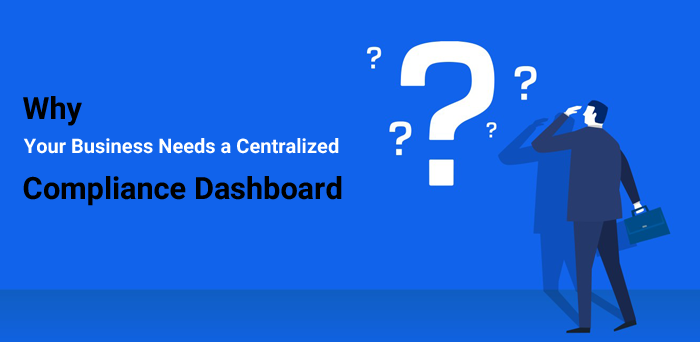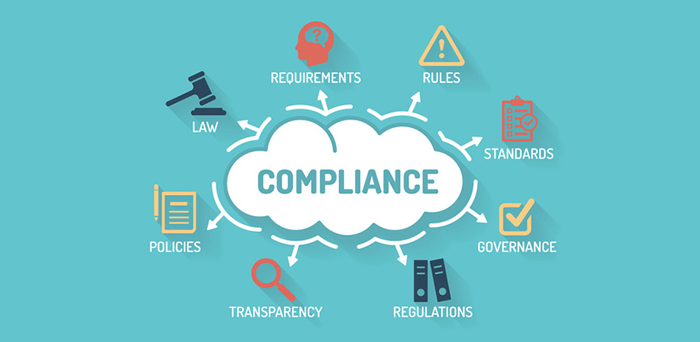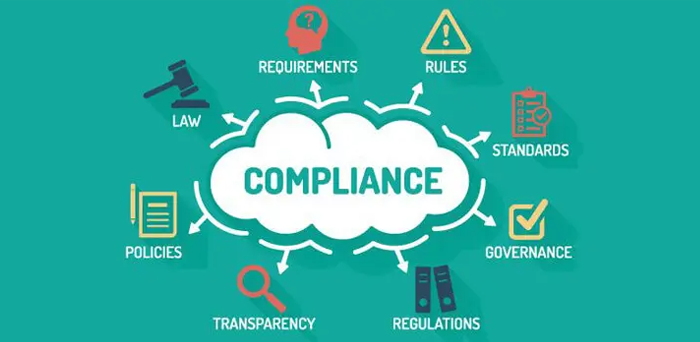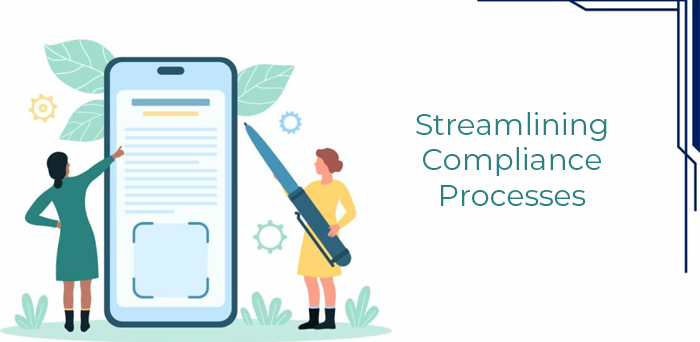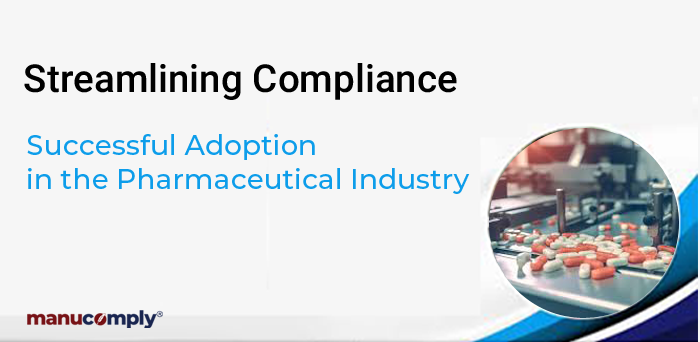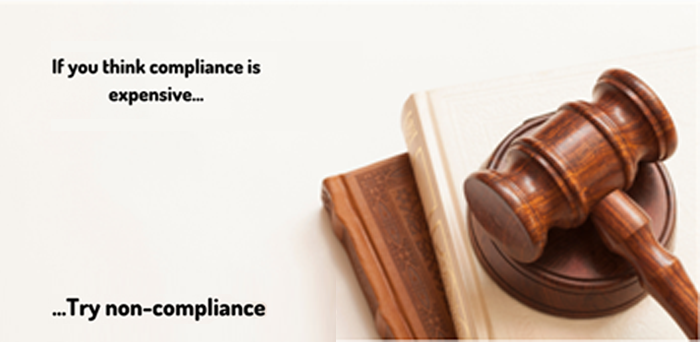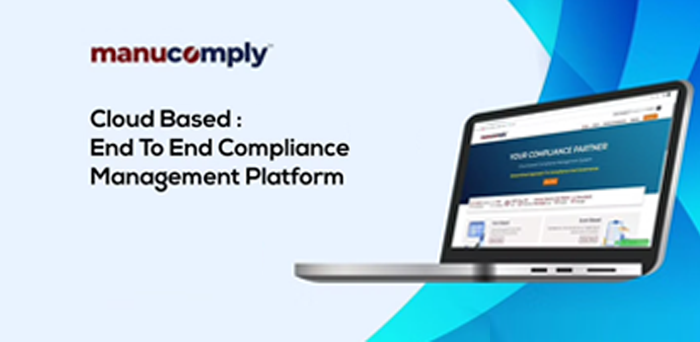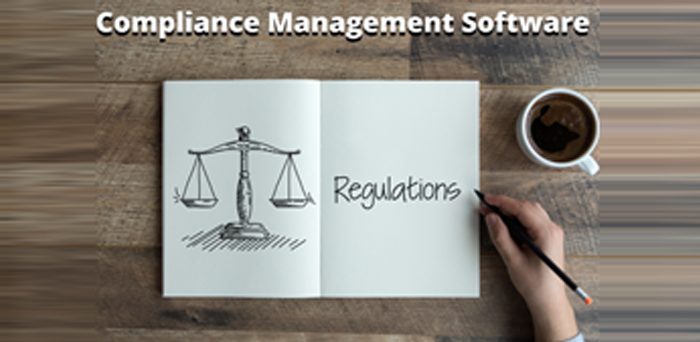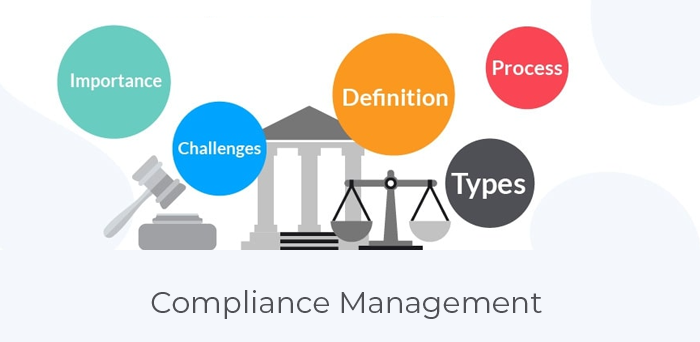
Compliance Management: Key Terms and Definitions You Should Know
One of the most important strategies to get ahead of business rules is to understand the language of compliance management. To handle compliance issues with ease, it is very important that you understand these phrases and know how to use them as a compliance officer, business owner, or member of the management team. You should be aware of the following 15 important terminology and definitions:
1. Compliance Management System (CMS)
A systematic approach that will enable a business to ensure its compliance with the internal rules, legislations, and regulations. It is an instruction, protocol, instrument, and practice that aims at reducing the risks of non-compliance and ensuring compliance with ethics.
2. Regulatory Compliance
The act of ensuring a business adheres to all applicable legislations, regulations, and laws about the operations of a company and its kind. It ranges from the labour legislation to data protection laws to environmental legislation.
3. Risk Assessment
A systematic process to identify, evaluate, and analyze potential risks that could compromise an organization's ability to comply with legal obligations. This helps in setting priorities for areas that need urgent attention.
4. Audit Trail
A record of every action, choice, and transaction that gives compliance procedures accountability and transparency. Both internal and external audits require audit trails.
5. Compliance Audit
Independent assessment of a company's adherence to internal and regulatory regulations. It ensures that standards are met and identifies any gaps or areas that require improvement.
6. Code of Conduct
A document of the standards, values, and ethical principles that stakeholders and workers are expected to uphold. It serves as a guide on how to maintain honesty and accountability.
7. Regulatory Technology (RegTech)
Technological solutions that can help companies manage regulatory compliance more effectively. Risk management, reporting, and monitoring procedures can be automated by RegTech software.
8. Governance, Risk and Compliance (GRC)
Strategy for the overall management of an organization's compliance process, risk management practices and governance requirements. GRC will ensure alignment with legal obligations and organizational objectives are met.
9. Data Privacy
This includes safeguarding sensitive and personal data from unauthorized access, use, or disclosure. Many organizations prioritize adherence to data protection regulations, such as the DPDPA (Data Protection Board of India), to investigate breaches, resolve grievances, and levy fines.
10. Whistleblower Policy
A policy that gives immunity to employees to report unethical or illegal activity happening within the company without fear of repercussions. It fosters an accountable culture and ensures openness.
11. Third-Party Risk Management (TPRM)
This includes third-party risk assessments and compliance risk mitigation from outside suppliers, partners, or vendors. It establishes that third parties adhere to the compliance policies of an organization.
12. Anti-Bribery and Corruption (ABC)
Policies and guidelines that prevent corruption, bribery, and other bad practices within an organization. Observing the rules established by the PMLA (Prevention of Money Laundering Act) in India is equally important too.
13. Due Diligences
This is a due diligence or audit carried out in order to examine the risks, validate the adherence, and ensure proper control before entering into any collaboration, merger, or acquisition.
14. Sanctions Screening
It is scanning of individuals, companies, and countries against government-sanctioned lists to ensure the international laws are adhered to so that no unlawful transactions take place.
15. Continuous Monitoring
Automated tools and procedures are used to assess compliance activity, detect risk, and ensure ongoing adherence to regulatory requirements.
Conclusion:
Understanding these key terms is the first step in building a robust compliance management system. By incorporating these concepts into your organization's practices, you can navigate the complexities of compliance more effect
